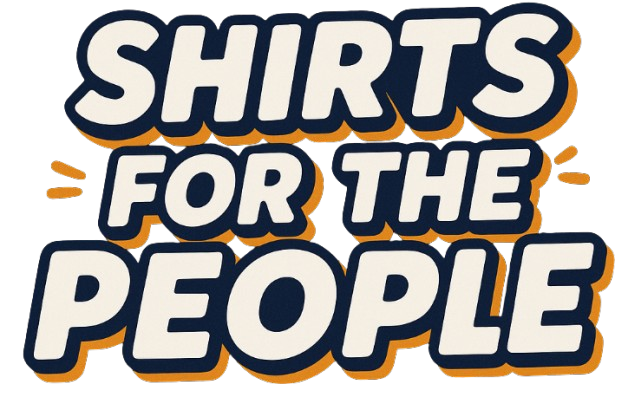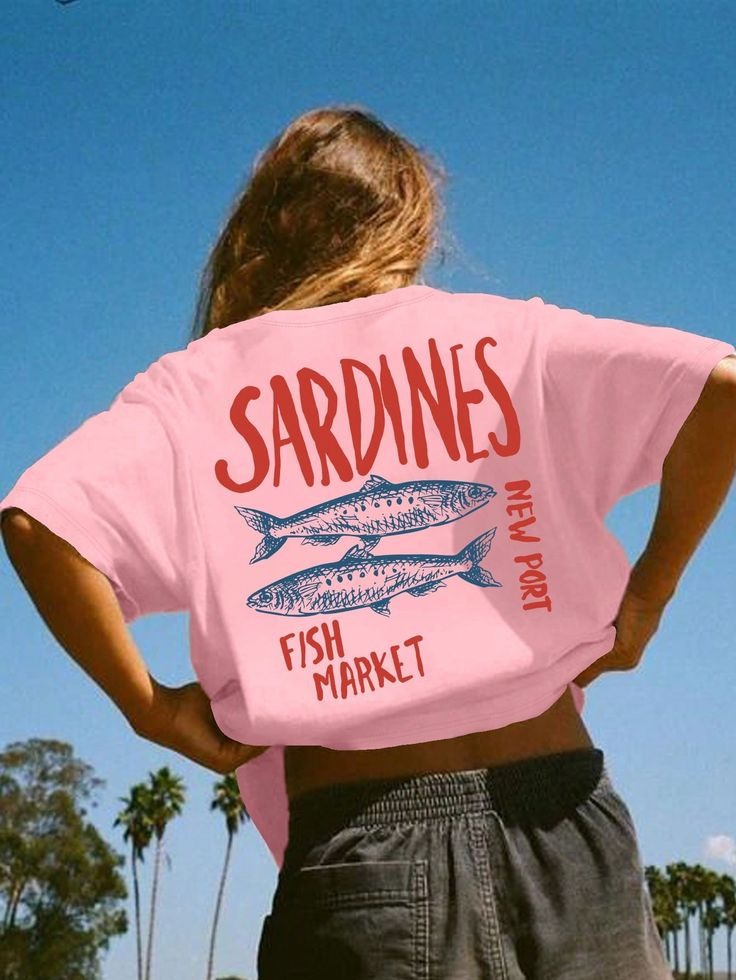No products in the cart.: 0,00$
Threads of Identity: How Fashion Shapes and Reflects the Human Experience Across Time and Culture

Fashion is more than a medium of clothing and ornamentation; it is one of the most vivid, multifaceted, and enduring expressions of the human experience. Across time and cultures, from the earliest civilizations to today’s digitized societies, fashion has served as a canvas upon which identities are painted, ideologies are expressed, and social structures are negotiated. Its power extends beyond fabric and function into the domains of language, politics, technology, and psychology. Fashion does not merely follow the pulse of society; it participates in its formation, challenges its norms, and occasionally subverts its assumptions. In this way, fashion is both mirror and agent—reflecting who we are and influencing who we become.
The origins of fashion can be traced back to humankind’s earliest attempts to shield the body from nature’s forces. While protection was its initial purpose, the evolution of garments was quickly accompanied by the desire to signify roles, rank, and spiritual beliefs. In ancient Mesopotamia and Egypt, clothing served as a marker of divine right and aristocracy. The Pharaoh’s headdress or the priest’s linen tunic did not only separate them visually from the laboring classes; they represented an ideology of cosmic order. Likewise, in ancient India, the colors and draping styles of saris indicated regional, marital, and caste identities. In these early societies, fashion was codified into systems of meaning, establishing boundaries of inclusion and exclusion.
As civilizations developed more complex hierarchies, fashion became increasingly interwoven with structures of power. The royal courts of Europe offer particularly illustrative examples. In France under Louis XIV, the court at Versailles functioned as a theatre of fashion politics. Nobles were expected to follow specific dress codes that demonstrated their loyalty and rank, a practice that extended beyond taste into surveillance and control. Clothing was used strategically to consolidate authority. Those who deviated from accepted fashion not only risked ridicule but also political marginalization. Thus, fashion became a language of compliance as much as it was a form of creativity.
The Enlightenment introduced new tensions into the world of fashion. As philosophies of reason, individual liberty, and secularism spread across Europe, dress began to lose some of its religious and aristocratic symbolism. Yet it was during this very time that fashion experienced an explosion of extravagance. In the salons of Paris and the boudoirs of Vienna, towering wigs, embroidered silks, and corseted gowns became symbols of both sophistication and decadence. Critics began to emerge who questioned the morality and economic rationality of such displays. Fashion, in this sense, became not only a personal choice but a site of moral, philosophical, and economic debate.
With the arrival of the Industrial Revolution, the democratization of fashion accelerated. Technological innovations such as the spinning jenny, mechanical loom, and sewing machine made mass production possible. Ready-to-wear garments appeared, creating an emerging market for middle-class consumers. What had previously been a privilege of the elite—choice in clothing—was now increasingly accessible. Yet this democratization was not evenly distributed. The lower costs and higher availability of garments were often made possible by exploitative labor practices in the rapidly expanding textile industries of Britain, the United States, and later, colonial regions such as India and China. The very garments that symbolized freedom for some symbolized exploitation for others.
The twentieth century introduced unprecedented changes in the meaning and function of fashion. The rise of urban life, the birth of cinema, and the global spread of modernist ideals transformed fashion from a slow-moving cultural artifact into a rapidly evolving force of innovation. Women’s fashion in particular underwent radical transformations that reflected broader socio-political shifts. The suffragette movement, for example, was not only about the vote but also about visibility. The symbolic act of adopting more practical, less restrictive clothing—trousers, looser dresses, short hairstyles—was a challenge to patriarchal standards of femininity. Fashion became a medium of feminist protest and self-definition.
The post-war period marked the rise of fashion as a global industry and a primary form of cultural capital. Fashion weeks in Paris, Milan, London, and New York institutionalized the seasonal cycle of design, while emerging youth cultures—beatniks, mods, punks, hippies—used clothing to signal rebellion, identity, and aspiration. Each subculture was characterized not only by music or politics but by a distinct style. The leather jacket, the miniskirt, the safety pin—all became shorthand for belonging and belief. The personal was political, and nowhere was this more visible than on the body.
Fashion’s global reach expanded dramatically in the late twentieth century as corporations capitalized on media, celebrity, and globalization. Brands became cultural icons. Logos turned into status symbols. The distinctions between high fashion and streetwear, couture and commercial, began to blur. Hip-hop culture, once marginalized, rose to prominence through music videos, sneakers, and oversized silhouettes. The runway was no longer the only arbiter of style; urban youth, pop stars, and social outsiders began setting trends. Cultural exchange intensified, though often in the form of appropriation rather than appreciation. Traditional garments from Asia, Africa, and Indigenous communities were reinterpreted or commodified without acknowledgment of their cultural significance. Fashion became a contested space of dialogue, resistance, and negotiation.
In the contemporary world, fashion is shaped by three powerful and interrelated forces: digital technology, sustainability, and identity politics. The digital revolution has transformed every facet of the fashion ecosystem. Online platforms such as Instagram, Pinterest, and TikTok have democratized visibility. A person no longer needs a magazine spread to become a style icon; a single viral image can reach millions. This has allowed for greater diversity in representation, but it has also led to the commodification of authenticity. Influencers curate personas and aesthetics, blurring the lines between genuine self-expression and marketing. Trends now move at hyperspeed, driven not by designers but by algorithms.
Digital technology has also enabled entirely new forms of fashion. Virtual fashion houses now design clothes that exist only in cyberspace. Consumers can purchase outfits to wear in photos or virtual worlds without producing physical waste. This development poses philosophical questions: Can fashion exist without fabric? Can style persist without materiality? For digital natives, the answer seems to be yes. The body, once the central canvas of fashion, is now accompanied by the avatar, the profile picture, the augmented projection. As reality becomes increasingly hybrid, so too does the role of fashion within it.
Yet, beneath the sheen of innovation, the fashion industry faces an ethical reckoning. Its environmental impact is devastating. The fashion industry is one of the largest polluters in the world, responsible for significant carbon emissions, water waste, and microplastic pollution. The rise of fast fashion has exacerbated these problems. Companies produce enormous quantities of clothing at low costs, encouraging constant consumption and rapid disposal. The average garment is worn only a few times before being discarded, contributing to overflowing landfills and environmental degradation. Furthermore, the human cost remains alarming. Garment workers—many of them women and children—often labor in unsafe conditions for unlivable wages.
In response, sustainable fashion has emerged not merely as a trend but as a movement. Designers and consumers alike are questioning the values that have long underpinned the industry: speed, novelty, and quantity. Ethical fashion advocates promote transparency in supply chains, fair labor practices, and circular production models. Materials are being reimagined, with innovations in biodegradable fabrics, recycled fibers, and plant-based leathers. Slow fashion emphasizes durability, repairability, and personal connection to garments. This shift is not simply about buying differently; it is about thinking differently—about fashion as a relationship rather than a transaction.
At the same time, questions of identity and representation continue to transform fashion’s meaning. In recent years, there has been a growing demand for inclusivity—not just in marketing, but in design, production, and leadership. The call for body positivity, racial justice, gender fluidity, and cultural respect is reshaping how fashion communicates and to whom it listens. Designers of color, queer designers, disabled models, and plus-size influencers are gaining recognition, not as exceptions but as vital contributors. Runways are beginning to reflect the diversity of the real world, though there is still much progress to be made.
The intersection of fashion and gender, in particular, has opened new horizons. Gender-neutral fashion challenges the binary thinking that has long dominated design. Androgynous styles, unisex collections, and flexible sizing create space for individuals to explore identity beyond constraints. Clothing becomes not a confirmation of gender but a canvas for its construction. This liberation of the wardrobe from gender norms aligns with broader societal shifts toward understanding identity as fluid, contextual, and chosen.
Looking to the future, the evolution of fashion will depend on our collective imagination and ethical commitment. Will we continue to prioritize novelty over necessity, image over impact, profit over people? Or will we cultivate a fashion culture that values connection, care, and creativity? The answers will not come from designers alone, but from consumers, educators, legislators, and communities. Fashion education must include not only design techniques but critical thinking, ecological awareness, and historical context. Governments must regulate labor standards and environmental practices. Media must amplify diverse voices, not just those with the loudest brands.
Ultimately, fashion’s enduring power lies in its ability to translate the invisible into the visible. It gives form to feeling, makes abstract identities tangible, and allows individuals to perform their beliefs, hopes, and contradictions on the stage of daily life. A piece of clothing may seem trivial, but it can carry the weight of memory, migration, resistance, and dream. In this sense, fashion is not just an industry or an art form—it is a language of humanity itself.
To wear fashion is to participate in history. To create it is to shape the future.



